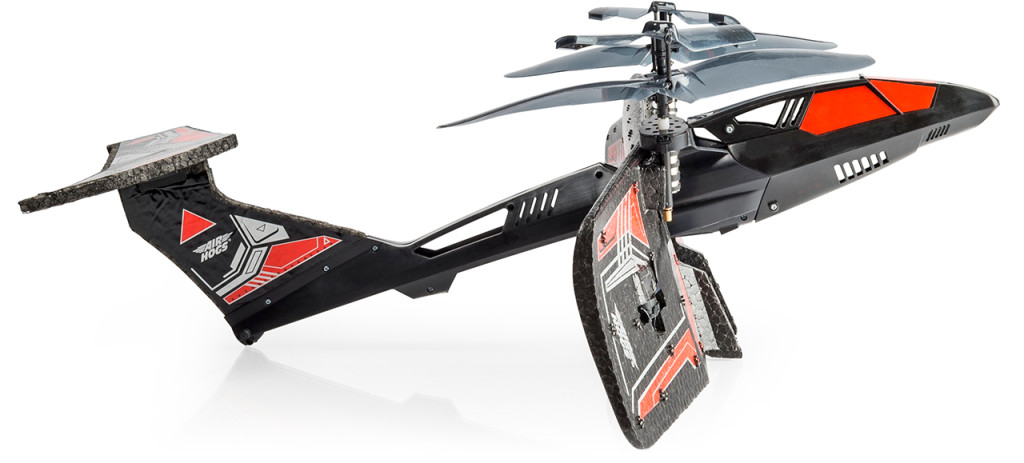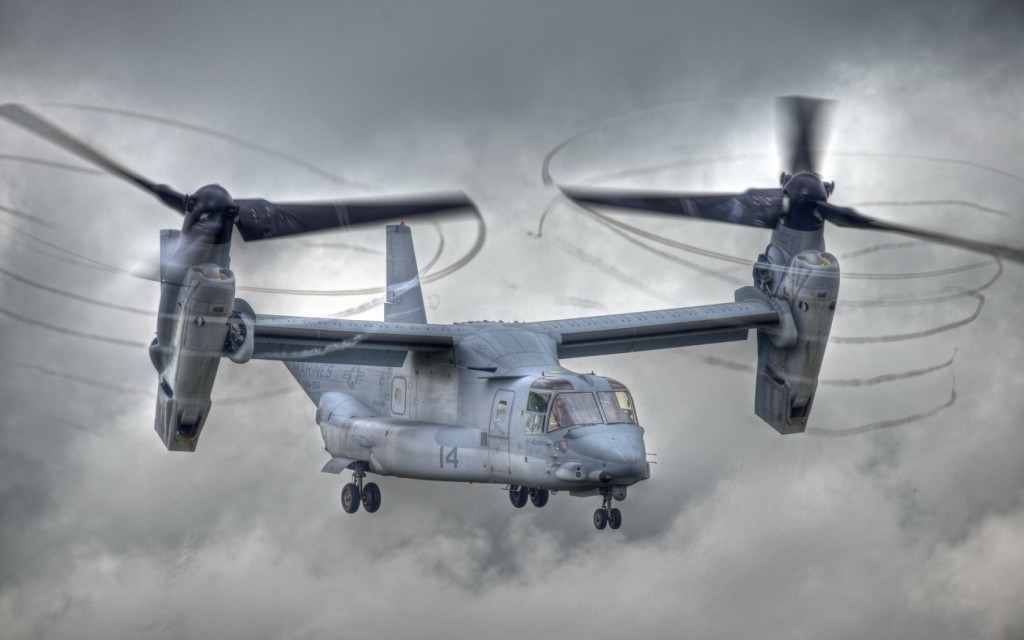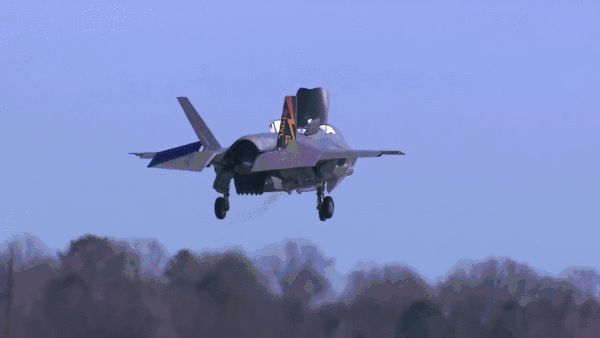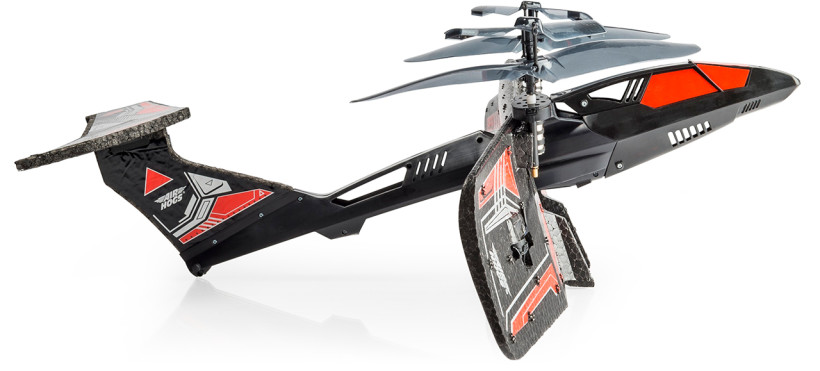
The engineers over at Air Hogs do some pretty creative things and put forward some of the coolest toys out on the market these days. In keeping with this tradition, Air Hogs has now successfully brought one of the most innovative technologies in the aerospace/defense industry to the world of RC (Remote Control) planes with their “Fury Jump Jet” RC toy. What is this technology that we speak of? VTOL (Vertical Take-Off & Landing) capabilities.
VTOL is used to establish a number of things, but most notably, it is used to give aircraft the ability to take-off and land in relatively small spaces. Traditional aircraft require a long runway to get up to speed and lift-off and then gain elevation to clear surrounding obstacles to flight (i.e. trees, buildings, power lines, etc.), while also requiring a lot of space to gently drop back down to a landing strip, touch-down, and then slow to a stop. Obviously this creates a number of difficulties when it comes to operating in less-than-optimal areas. Who might need to operate in these kinds of areas? The military, of course! In order to combat these situations, the military has historically relied on two main options to get aircraft into the air and to receive incoming aircraft in tight spaces:
- Use helicopters, of course! Helicopters are the original VTOL aircraft and are capable of operating in compact environments, but have many limitations, including: lower speeds, less internal space (typically), and (again, typically) shorter ranges as fixed-wing aircraft (i.e. airplanes) tend to be able to carry more fuel in different compartments than rotorcraft (helicopters).
- Jump jets! Jump jets, while originally referring to the Harrier Jump Jet, are essentially jet aircraft that are capable of taking off and landing in small distances (whether by VTOL, STOVL – Short Take-Off, Vertical Landing, STOL – Short Take-Off & Landing, or specialized CTOL – Conventional Take-Off & Landing aircraft). These aircraft are typically smaller than other craft in their class, lightweight, and do not have the ability to carry as heavy or large of payloads as other craft. These jets are great for taking off from aircraft carrier flight decks and improvised runways (such as a military force might quickly construct in the middle of nowhere), but still need a good deal of space to operate and will often require use of steam catapults (or the new electromagnetic accelerators) to bring them up to sufficient speed in short distances and arresting cable traps in order to help them slow down quickly.

In recent years, the Bell-Boeing V-22 Osprey (pictured above) has given the military a third option: tiltrotor aircraft. Tilt rotor aircraft are aircraft that take-off vertically (like helicopters), then tilt their propulsors (proprotors in the case of the V-22, which act as propellers during forward flight and as rotors during vertical flight) forward for the rest of their journey, before turning them back vertical again to land. Of course, these tiltrotor craft are also capable of CTOL, but that’s not the impressive part regarding the content of this article!
Now…notice a similarity between the V-22 and the RC plane we began this article by talking about? Pretty cool, right? Of course, there are some major differences in design and the RC plane is mis-labeled technically speaking as it is definitely not a jump jet…it is not a jet aircraft at all, but the toy is pretty awesome none-the-less. While the V-22 took about 26 years from the concept development stage to its introduction into service as one of the most innovative aircraft the world has ever seen, versus the much shorter time period for the design of the Fury Jump Jet, the accomplishment is still very impressive. While it is doubtful that the engineers at Air Hogs had to think through anywhere near as many complications as the designers of the V-22 [everything from operating in harsh climates to providing lift and thrust for a 47.5 kip (1 kip = 1,000 lb) aircraft with a top speed of 305 knots (351 mph) at 15,000 ft altitude to holding up to the abuse of being a combat-ready craft, and the list goes on…], it is not easy to design even a toy to operate off of these principles. It is not as simple as strapping an electric motor to a wing that rotates. There is a ton of scientific/engineering theory that must be considered.
Perhaps the best example of this would be how to keep the toy from falling from the sky like a rock during the transition period from forward to vertical flight (or vice versa). This is very difficult to do, especially when you have added issues such as having to worry about every little thing during this process…Will the airfoil design on the rotor/propeller blades stall as it passes through a certain angle, creating flow separation that will lead to loss of lift, control, and incredibly turbulent airflow that will knock the toy out of the sky like nothing? Will the wing support structure be able to support the weight of the wings & propulsors in every position? If so, will they still be able to do this with the change in vibration patterns due to the change in axis of rotation? Will this motion of the wings interfere with the wiring? What about with the control systems? How on Earth are we going to be able to make this thing affordable enough to be sold as a toy in a highly competitive RC toy market?
It would take days for me to list out all of the possible concerns when designing this toy, just as it would take far longer for the engineers to actually design this, test/evaluate it, re-design, rinse & repeat over and over again, and then bring the toy to market. Why am I saying all of this? Because, I want to share with you all just how challenging the field of engineering can truly be, while at the same time showing you how incredibly awesome the results often are!
If you are willing to put in the work, some pretty excellent projects await you as a future engineer. The Air Hogs Fury Jump Jet is a perfect example of just how cool engineering can be and also helps to show how incredibly diverse the world of engineering really is…you can do anything from designing bridges to creating artificial organs to programming humanoid robots to analyzing processes in petroleum plants to, yes, producing awesome VTOL RC toys.
Hopefully you all enjoyed reading this as much as I enjoyed writing it. If anyone is curious, the Fury Jump Jet should be hitting the shelves in the US in August (2015) for about $50…I can’t wait to see what they do next, but I’m hoping they go for a STOVL rotating-engine design like the F-35B!


